#araneae
Text
a mini cat tree for a tiny arachnid kitty
#bugs#bugblr#found elsewhere and uploaded by me#tiktok#spider#jumping spider#arthropods#chelicerata#arachnid#araneae#salticidae#pet spider
34K notes
·
View notes
Text
Uncharismatic Fact of the Day
Wolves don't purr, but wolf spiders sure do! To attract a female, a male will rub their pedipalps (small appendages around the mouth) together to produce vibrations. These vibrations travel through the dried leaves the male stands on, and producess a low purring sound! Check out the sound below:

(Image: A male wolf spider (Gladicosa gulosa) by Ben Springer)
If you like what I do, consider leaving a tip or buying me a kofi!
505 notes
·
View notes
Text

A Trinidad chevron tarantula (Psalmopoeus cambridgei) on Trinidad Island
by Vincent Giroux
#trinidad chevron#tarantulas#spiders#arachnids#psalmopoeus cambridgei#psalmopoeus#theraphosidae#araneae#arachnida#arthropoda#wildlife: trinidad and tobago#wildlife: north america
408 notes
·
View notes
Text


10/09/21 - Photos 1-2 - C. baehrae


04/03/23 - Photos 3-4 - C. bitaeniata


24/11/23 - Photos 5-6 - C. thalassina


23/06/23 - Photos 7-8 - C. micarioides (different specimens)
So far, these are the four species of Cosmophasis I've come across. Lovely iridescent jumping spiders.
10/09/21-24/11/23 - Cosmophasis spp.
QLD:WET-BRB
#Cosmophasis#Cosmophasis baehrae#Baehr's Cosmophasis#Cosmophasis micarioides#North Queensland Jumping Spider#Cosmophasis thalassina#Sea-green Northern Jumper#Cosmophasis bitaeniata#Green Ant-hunter Spider#Jumping Spiders#Iridescent Jumping Spiders#Araneae#Spiders#Arachnida#Arachnids#Chelicerata#Chelicerates#arthropods#arthropoda#invertblr#invertebrates
173 notes
·
View notes
Text
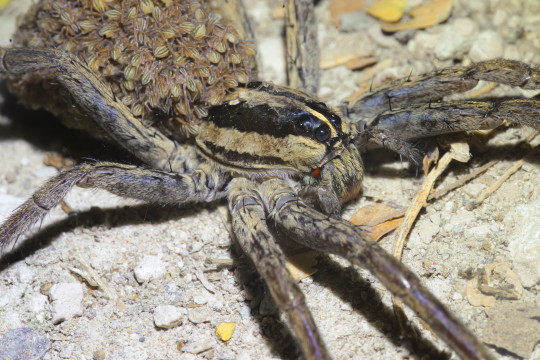
a mother and her many many babies
Rabidosa sp.
318 notes
·
View notes
Text
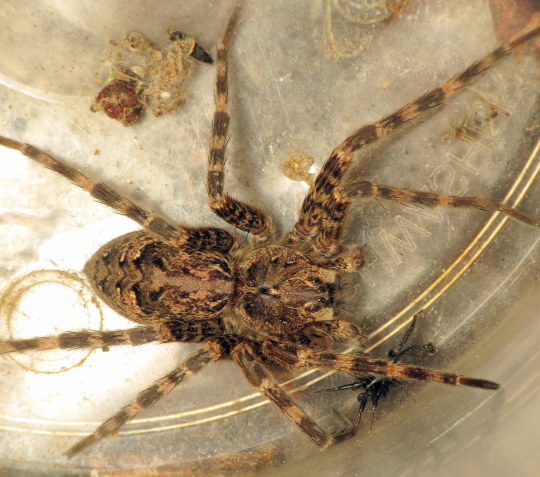

Bug of the Day - Arachtober!
A ginormous Dark Fishing Spider (Dolomedes tenebrosus) I found in one of my pitfall traps last spring.
#Arachtober#spider#arachnid#Arachnida#dark fishing spider#Dolomedes tenebrosus#Dolomedes#BotD#bug of the day#Pisauridae#Araneae
210 notes
·
View notes
Text
Because I'm just obsessed with these spiders

(Source: Jonathan's Jungle Roadshow)
#bugs#bug#tw spiders#spiders#brazilian black tarantula#tarantula#spider#arthropods#Arachnida#Araneae
108 notes
·
View notes
Text
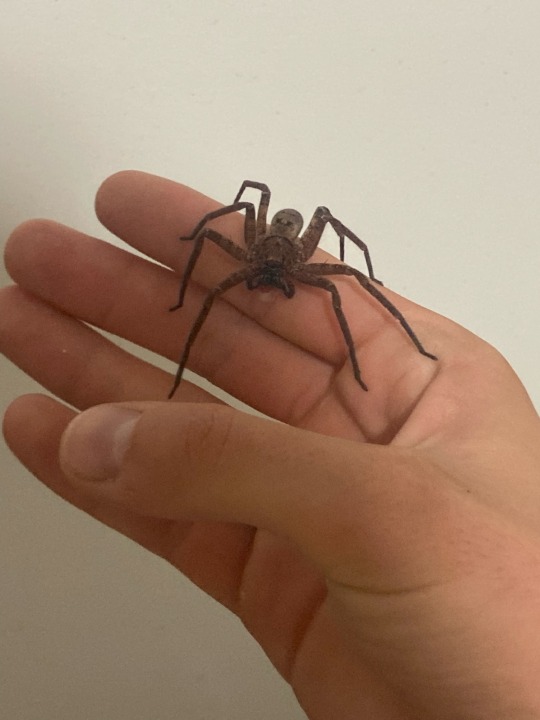

huntswoman who i had to move so she didnt drown in my shower. she proceeded to settle in on my hand for the next five minutes until i said bye and prodded her off
#spider#huntsman spider#araneae#araneomorphae#sparassidae#heteropoda#she also climbed up my leg and i had to stop her from hiding in my pocket. yes its a dark place but its not safe
79 notes
·
View notes
Text

Today’s anime insect of the day is: this moth from Dungeon Meshi (with bonus spider)
Order: Lepidoptera + Araneae
69 notes
·
View notes
Text
Taxonomy Tournament: Arthropods
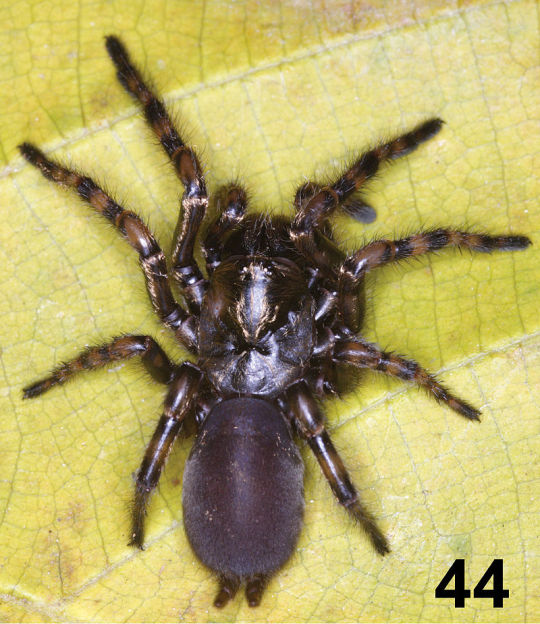

Araneae. This order is made up of spiders, eight-limbed arthropods with fangs generally able to inject venom and spinnerets that extrude silk.
Xiphosura. This order is made up of horseshoe crabs, marine arthropods whose bodies are covered by a hard carapace. They mainly feed on worms and molluscs on the ocean floor. The blood of some species is harvested for LAL, which is used to detect and quantify bacterial toxins
#animals#biology#polls#poll tournament#zoology#spiders#arthropods#arachnids#ecdytes#horseshoe crabs#Araneae#Xiphosura#0x11v0x2e
99 notes
·
View notes
Text
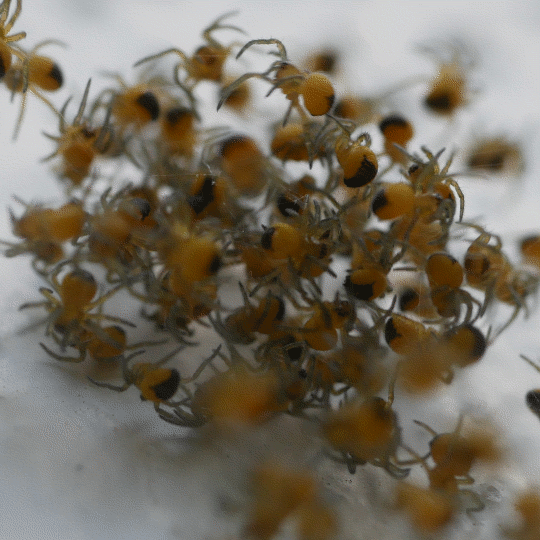
119 notes
·
View notes
Text
today I learned about Coccorchestes, a genus of South Pacific jumping spiders that evolved to mimic weevils!
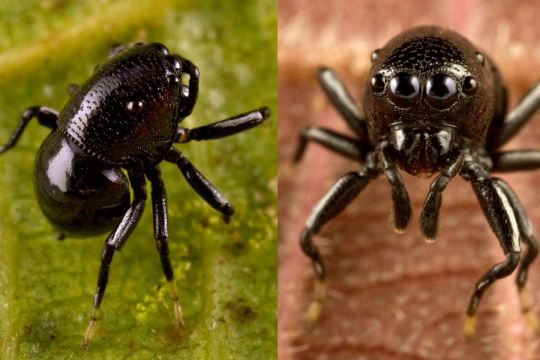

#bugblr#found elsewhere and uploaded by me#weevil#coleoptera#spider#arachnid#jumping spider#salticidae#coccorchestes#araneae
5K notes
·
View notes
Text
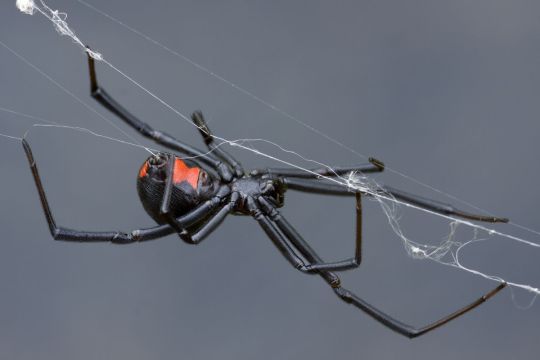
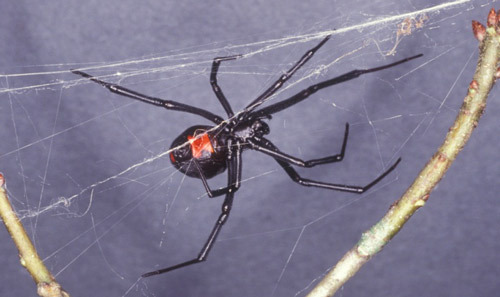
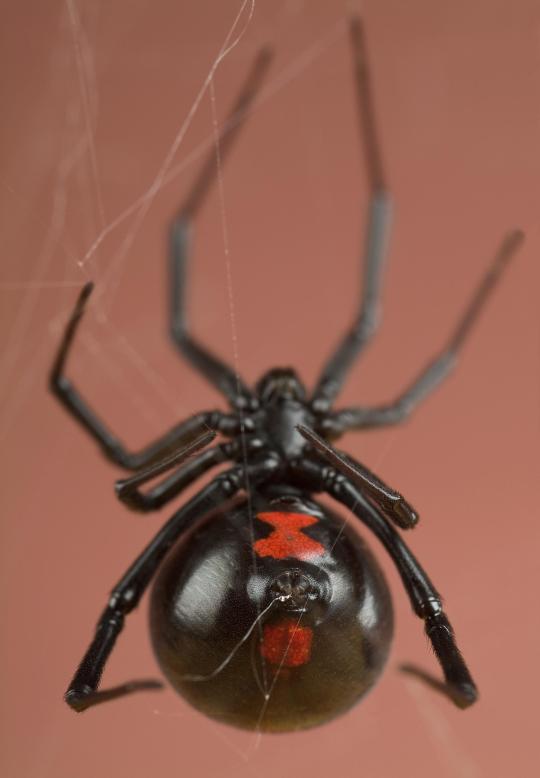
No Tears for the Southern Black Widow
Latrodectus mactans, more commonly known as the southern black widow, is the most common species in the black widow family. While it can be found throughout North America, they are found most often in the southern United States. Within this wide range, L. mactans enjoys a variety of habitats. They prefer areas that are close to the ground, dark, and sheltered; in the wild this may mean dense brush or under logs, while in inhabited areas they may be found in basements, log piles, or under trash lids.
In addition to being the most common black widow, L. mactans is also the largest member of the family Theridiidae. The females are larger than the males, averaging at about 8-10 mm (0.31- 0.39 in) in length and weighing about 1 g (0.04 oz); however the male's legs are generally longer than the females. Both males and females are black, with small thoraxes and extremely large, round abdomens. The female can be distinguished by the iconic red hour-glass shape on the underside of her abdomen, while the male has 4 pairs of red and white stripes on each side of his abdomen.
The southern black widow is mainly solitary, spending most of its time in or near its web. Only the females live long enough to build a web for catching prey, and are the sole source of black widow bites. While bites do require medical attention, no human fatalities have been reported since 1983.
During the day, females hang in the center of the web to expose the bright red warning on their abdomen; when startled they drop to the ground and play dead. Though the webs they construct are haphazard-- the stereotype of cobwebs-- they are extremely strong and are capable of catching woodlice, millipedes, centipedes, other spiders, and occasionally small mice. Once an animal becomes trapped in L. mactan's web, the spider envenoms its prey and wraps it in a thick cocoon. After the animal dies the spider injects it with digestive enzymes and consumes the resulting fluid. Despite their strong venom, the southern black widow can be victim to several predaotrs; namely wasps, the brown widow spider, praying mantises, and large centipedes.
The southern black widow mates primarily in the spring and summer. Mature males build small webs and deposit semen along the threads. He then coats his mouthpieces-- palps-- with sperm and sets out to find a female mate. To court her, he vibrates the threads of her web until she is receptive. On rare occasions, a displeased female may eat the male. Afterwards, if he survives, the male leaves the females web and dies soon afterwards. From just one encounter, the female can store enough sperm to last her a lifetime of reproductive cycles.
After fertilization, the female builds a small web where she lays her egg sac, which can contain up to 400 eggs. She guards these eggs until they hatch about 20 days later, and immedietly disperse to establish their own territories. Until they become fully mature, at about 90 days old, juveniles have no venom and are extremely vulnerable to predators- including adult black widows. Typically only about 30 individuals from a single clutch survive to adulthood. Once mature, males can live for only one year, while females can live up to three years in the wild.
Conservation status: The IUCN has not evaluated the southern black widow, but due to its large range and population size it is considered stable. It is able to adapt to most habitats, and thus the species' only threat comes from extermination via pest control.
If you send me proof that you’ve made a donation to UNRWA or another organization benefiting Palestinians, I’ll make art of any animal of your choosing.
Photos
Mark Kostich
James L. Castner
Meghan F. Murphy
#southern black widow#Araneae#Theridiidae#black widows#true widows#tangle-web spiders#cobweb spiders#spiders#arachnids#arthropods#generalist fauna#generalist arthropods#urban fauna#urban arthropods#north america#southern north america
74 notes
·
View notes
Text
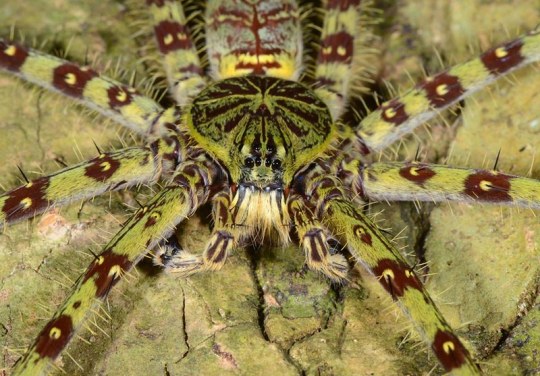
Boie's huntsman spider (Heteropoda boiei) in Taman Negara, Malaysia
by Art
#boie's huntsman#huntsman spiders#spiders#arachnids#heteropoda boiei#heteropoda#sparassidae#araneae#arachnida#arthropoda#wildlife: malaysia#wildlife: asia
421 notes
·
View notes
Text






S. violacea, a very round species of jumping spider.
14/01/24 - Simaethula violacea
QLD:WET
#Simaethula violacea#gifs#Salticidae#Jumping Spiders#Araneae#spiders#spiders tw#Arachnida#Arachnids#Chelicerata#Chelicerates#arachnophobia tw#nature#invertebrates#invertblr#Arthropods#Arthropoda
142 notes
·
View notes
Photo




🦚🕷peacock spider courtship display🕷🦚
Male peacock spiders will attempt to attract mates by using their colorful opisthosomal flaps and waving or vibrating their third legs. An interested female will respond by signaling with her third legs, but if the male persists after the female has expressed disinterest he risks being attacked and even eaten.
video © Project Maratus
417 notes
·
View notes